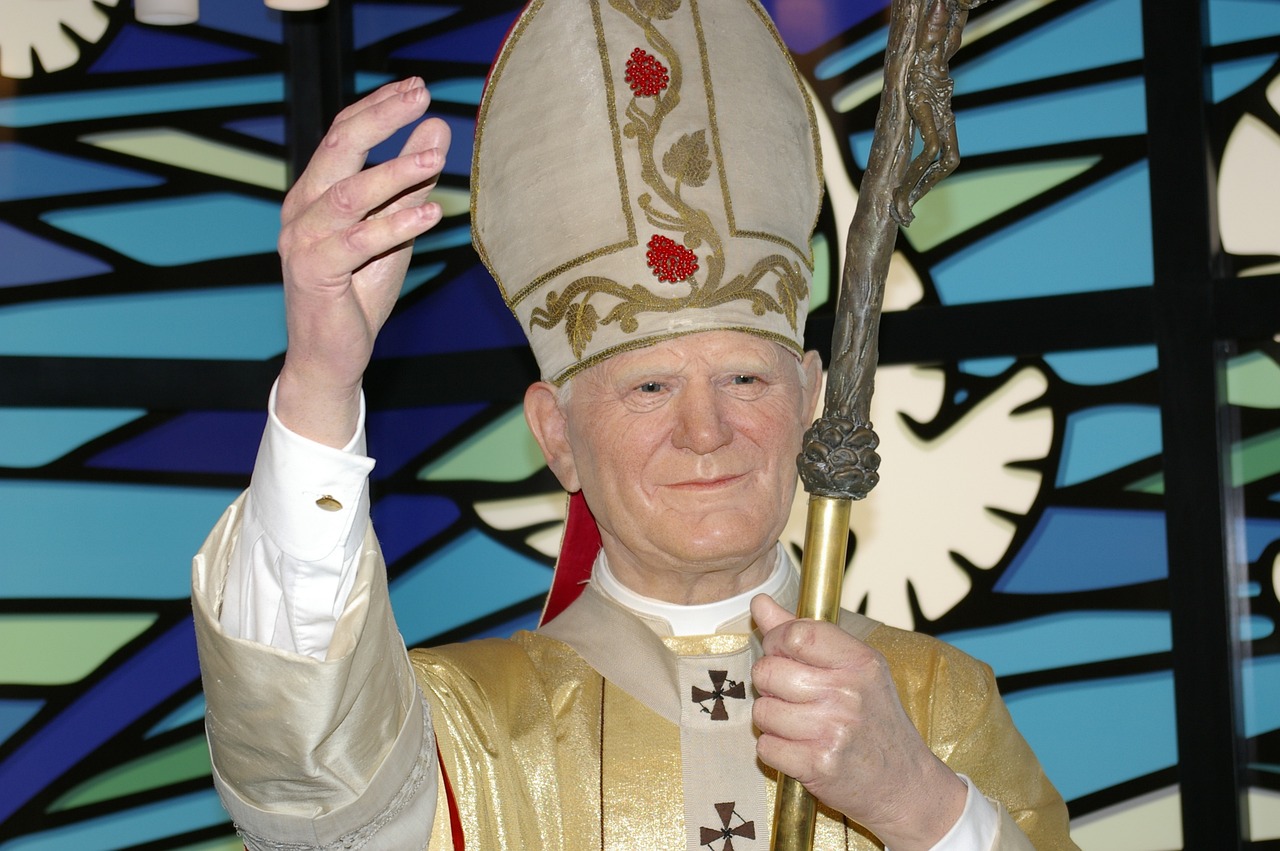Catholic facts
History of Pope: Who is the First and Second Pope in the Catholic Church.
For over two millennia, the Catholic Church has stood as an enduring institution, shaping the course of History and influencing the lives of billions of people around the world. Central to this institution is the Papacy, a position held by the Pope, who is regarded as the spiritual leader of the Catholic Church. In this article, we embark on a captivating journey through time, exploring the origins of the Papacy and delving into the lives of the first and second Popes.
The Origins of the Papacy:
The roots of the Papacy can be traced back to the teachings of Jesus Christ and his appointment of Peter as the “rock” upon which he would build his Church. Peter, one of the twelve apostles, served as the first Pope, thus establishing the papal succession. The term “pope” itself is derived from the Latin word “papa,” meaning “father,” signifying the spiritual fatherhood of the Pope over the Catholic faithful.
Pope St. Peter – The First Pope:
Pope St. Peter, also known as Simon Peter, holds the esteemed distinction of being recognized as the first Pope of the Catholic Church. Born in Bethsaida, a small fishing village in Galilee, Peter was initially a fisherman by trade until Jesus called him to become a “fisher of men.” He became one of Jesus’ closest disciples and was present during many key moments, including the Last Supper and the Transfiguration.
After Jesus’ crucifixion and resurrection, Peter emerged as a prominent leader among the early Christians. In the Gospel of Matthew, Jesus declares, “You are Peter, and on this rock, I will build my Church.” This passage is interpreted by Catholics as an indication of Peter’s unique role in the foundation of the Church. Peter traveled extensively, spreading the teachings of Jesus and establishing Christian communities.
During his time as Pope, Peter faced numerous challenges and persecutions. He was martyred in Rome during the reign of Emperor Nero, around the year 64 AD. He was crucified upside down at his own request, deeming himself unworthy to die in the same manner as Jesus.
Pope St. Linus – The Second Pope:
Following the martyrdom of Pope St. Peter, the papal succession continued with Pope St. Linus, who is regarded as the second Pope in Catholic Church history. Very little is known about the early life of Linus, but historical records indicate that he was born in Tuscany, Italy.
During his papacy, Linus faced the formidable task of organizing and consolidating the early Christian community in Rome. He played a crucial role in establishing structures within the Church and laying the foundations for its hierarchical order. Linus is also credited with instituting the practice of celibacy for clergy members, a tradition that endures to this day.
While details surrounding the end of Linus’ papacy remain vague, it is believed that he served as Pope for approximately twelve years before his death. Tradition holds that he was buried in the Vatican Hill, near the tombs of St. Peter and St. Paul.
The Evolution of the Papacy:
As the centuries unfolded, the papacy grew in influence and authority. The Pope became not only the spiritual leader of the Catholic Church but also a significant political figure, often engaging with Emperors, Kings, and other world Leaders.
The Papacy faced periods of great turmoil, such as the Avignon Papacy, during which the Pope resided in Avignon, France, rather than Rome. However, the papacy remained a symbol of unity for Catholics worldwide and regained its central role in Rome with the election of Pope Martin V in 1417.
Throughout history, the Papacy has witnessed a multitude of significant events and remarkable individuals. Popes have played crucial roles in shaping Religious Doctrine, leading the Church through challenging times, and contributing to the advancement of Art, Culture, and Education.
The role of the Pope extends far beyond the borders of Vatican City. The Pope serves as a spiritual guide, providing moral guidance, and addressing important Social and Global Issues. Each Pope brings his unique Personality, Leadership style, and Theological Perspectives, leaving an indelible mark on the Catholic Church.
The papacy has also experienced periods of Reform and Renewal, notably during the Counter-Reformation, when the Church responded to the Protestant Reformation and initiated internal reforms. The papal office underwent significant transformations in the modern era, with the Second Vatican Council (1962-1965) ushering in a period of renewed dialogue, ecumenism, and openness to the modern world.
Today, Pope Francis, born Jorge Mario Bergoglio, serves as the 266th Pope of the Catholic Church. Elected in 2013, Pope Francis has brought a renewed focus on Social justice, care for the environment, and inclusivity. His papacy has emphasized mercy, compassion, and reaching out to the marginalized, symbolized by his simple lifestyle and humble demeanor.
In conclusion, the first Pope of the Catholic Church was St. Peter, chosen by Jesus Christ to lead his Church, while Pope St. Linus succeeded him as the second Pope. The papacy, founded on the teachings of Jesus and the apostolic succession, has evolved over centuries, weathering challenges and shaping the course of Christianity. From the early days of Peter and Linus to the present-day papacy of Pope Francis, the institution of the papacy continues to provide spiritual guidance, moral leadership, and a symbol of unity for Catholics worldwide. The history of the papacy is a testament to the enduring strength and influence of the Catholic Church throughout the ages.
About Author




























